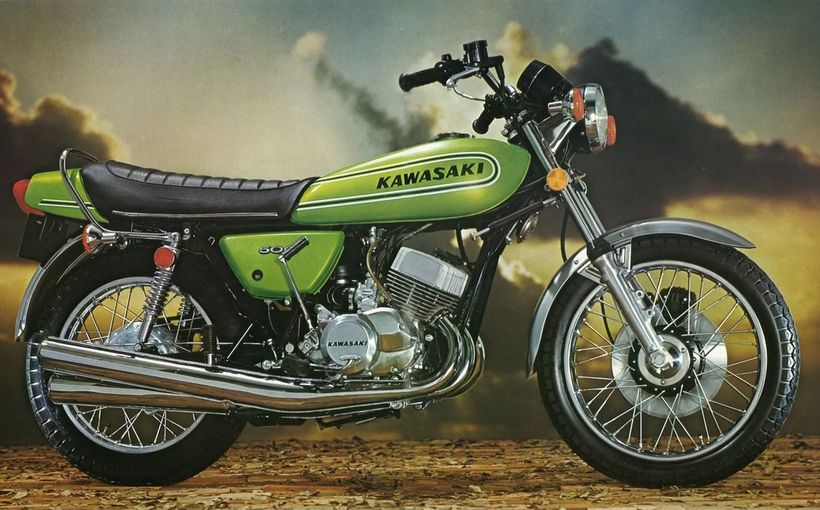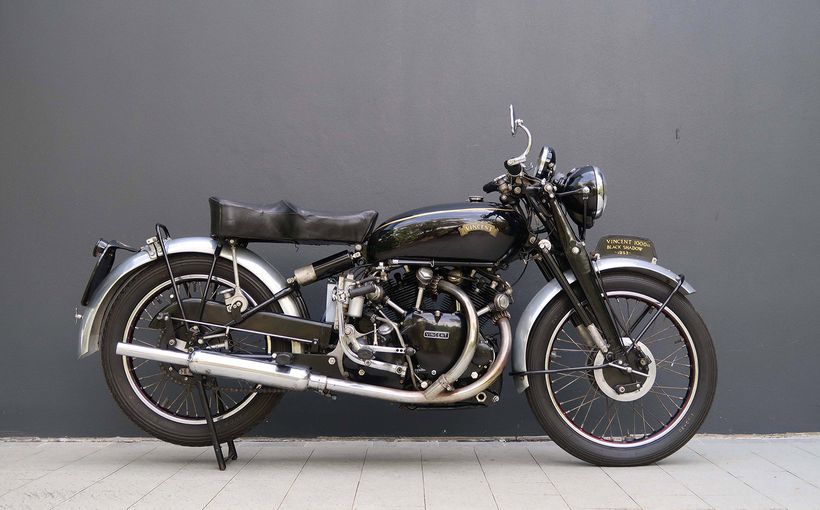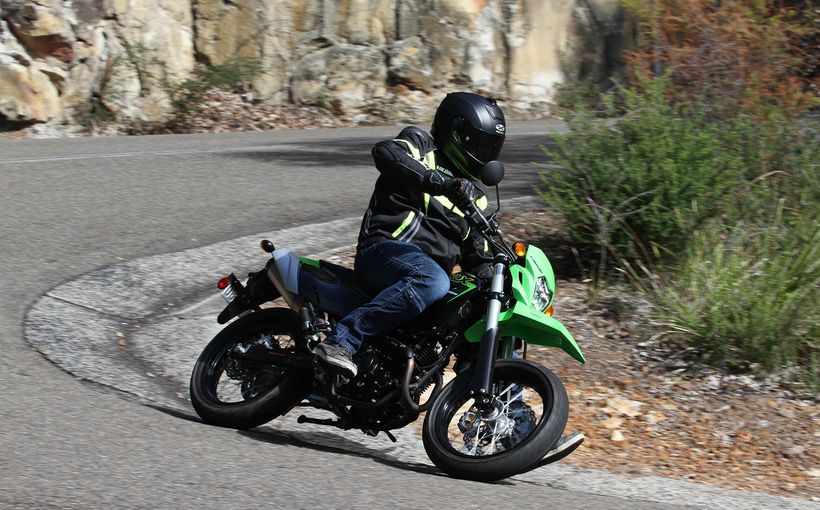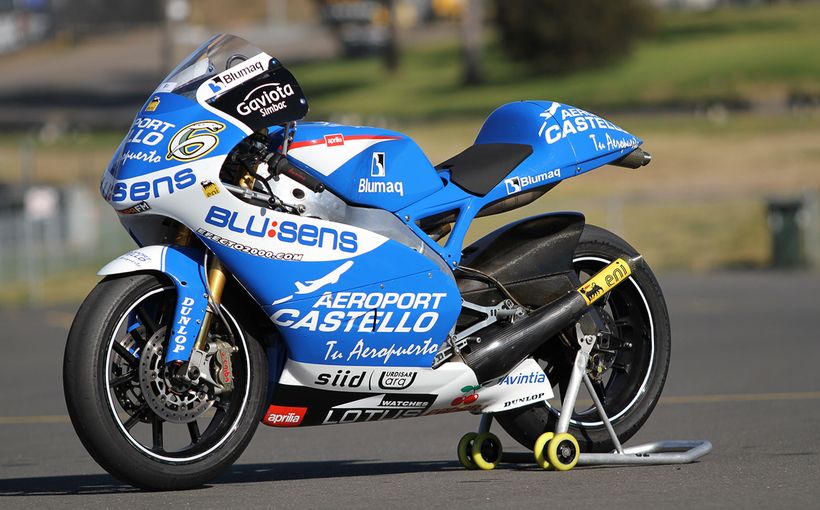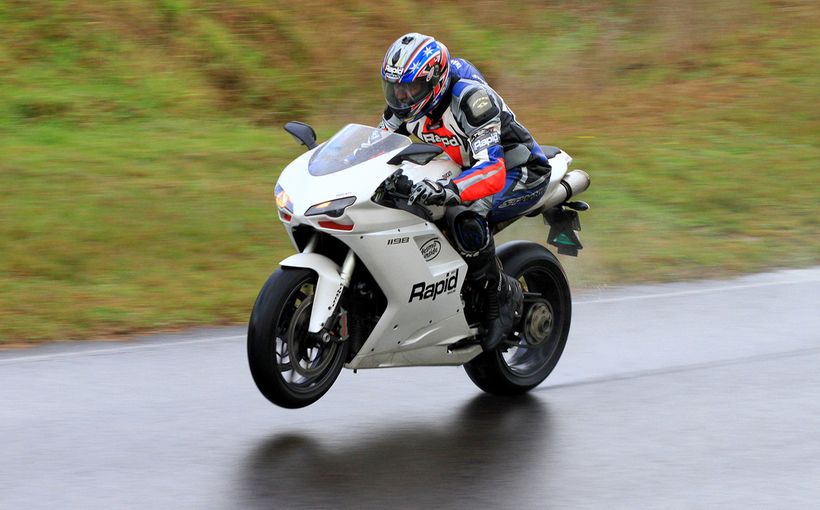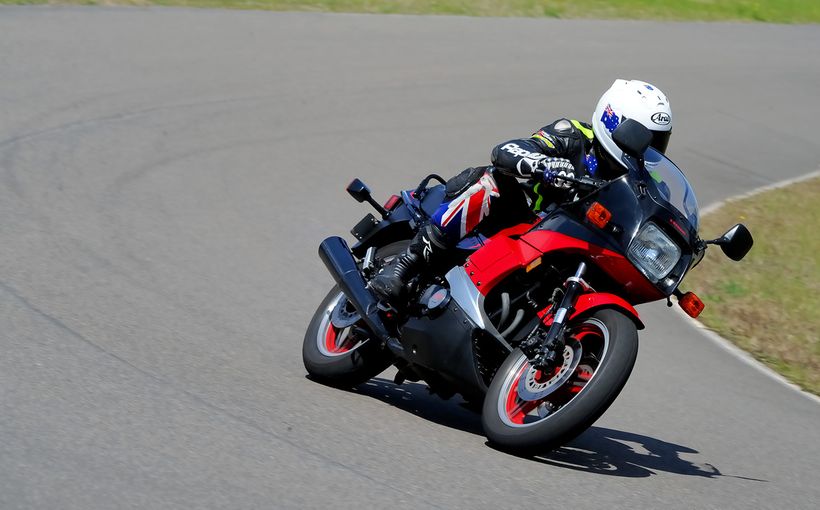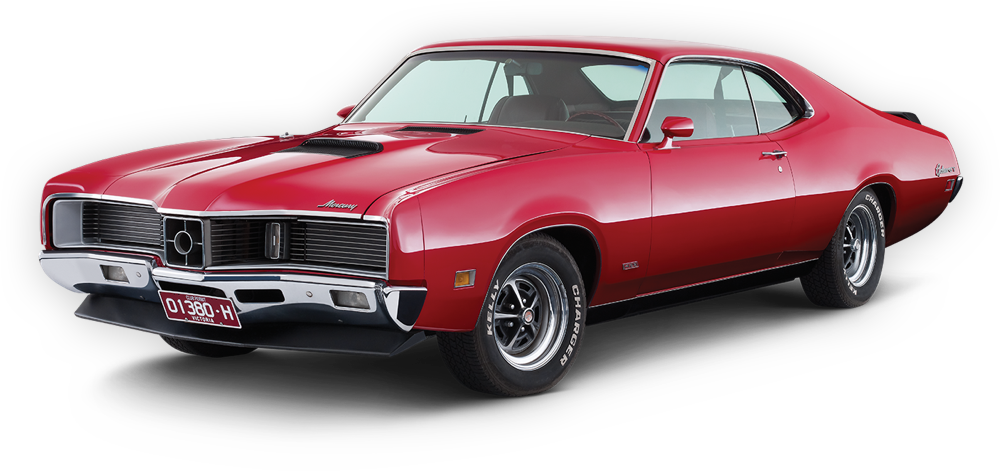QUIKSPIN: Kawasaki Ninja 250R - Keep it Simple

Kawasaki's long-standing EX250 engine began life in the GP-2250 way back in 1986. Since then, it has been released in various guises from the GPX250, the ZZ-R250 and. today, the Ninja 250R.
Proving that riders are a superficial bunch and that it's not what's on the inside that matters, when Kawasaki whipped the fairings off the GPX250, replaced them with the Ninja-esque fairings for the latest generation, sales soared from 829 units in 2007 for the GPX to 2352 in 2008 for the · new· Ninja. Even when times got tough last year throughout the global financial crisis, sales of the Ninja 250R rose again to 2554, while Kawasaki itself experienced an overall decline in sales by 14.4 percent during the year.
And those 24 years of experience may also be one of the reasons the little Ninja has won over Australia's new-bike buyers during the past couple of years. Right now in Australia there are three 250cc four-stroke sportsbikes on the market. As well as Kawasaki's Ninja 250R, there's Hyosung's GT250R and the new-to-Oz Megelli 250r.
The parallel-twin 250cc Ninja competes against the modern looks and uber-low price-tag of the Italian-designed Megelli 250r. a single-cylinder Chinesebuilt sportsbike which retails for·less than five grand. And it also goes head-to-head with the fuel-injected Hyosung, the Korean-built V-twin with big-bike looks.
So while the Kawasaki is the most ex.pensive using the oldest technology of all three - it has managed to outclass its rivals when customers are parting with their cash for a brand new bike.
The Kawasaki brand is the longest-running and far more recognisable than its rivals, thus perhaps holding its resale value slightly better. The tried and tested 24 years of experience is invaluable as far as spare parts, maintenance and sheer bullet-proof reliability goes, in a 'if-it-aint-broke-don't-fix-it' way.
The general public is voting with its cash, and the Ninja 250R is the outright winner. It almost laughs in the face of LAMS. the scheme that allows learner riders to ride bikes up to 660cc single-cylinder machines, removing the once-enforced 250cc capacity restriction.
So even with its basic suspension and braking package, analogue instruments. carburettors and tubular steel frame, the sales success of Kawasaki's Ninja 250R proves you don't have to be trick to be desirable - just tried and true.
ENGINE
Oil capacity 1.7L
Configuration Parellel twin
Cylinder head DOHC, four-valves per cyclinder
Bore 62mm
Stroke 41.2mm
Capacity 248cc
Compression ratio 11.6:1
Ignition Electric
Cooling Liquid
Fueling 2 x3 0mm Keihin carburettors
TRANSMISSION
Type Six-speed
Primary drive Gear
Clutch Wet
Final drive Chain
CHASSIS
Frame material Tubular Steel
Frame layout Cradle
Rake 26º
Trail 82mm
Wheelbase 1390mm
RUNNING GEAR
Suspension
Front: 37mm fork, no adjustment, 120mm travel
Rear: Monoshock, adjustable preload, 130mm travel
Wheels Six-spoke, cast aluminium
Front: 17 x 2.75 Rear: 17 x 3.5
Tyres Bridgestone Battlax BT45
Front: 110/70R17 (54H)
Rear:130/70R17 (62H)
Brakes
Front: 290mm disc, four-piston caliper
Rear:220mm disc, two-piston caliber
DIMENSIONS
Weight 191kg (kerb, claimed)
Seat height 775mm
Max width 715mm
Max height 1110mm
Fuel capacity 18L
PERFORMANCE
Power 24kW @ 11,000rpm (claimed)
Torque 22Nm @ 9500rpm (cliamed)
Fuel consumption 4.11/100km
Top speed 150km/h (est)
PROS
Big-bike looks
Cheap as chips
Economical
CONS
Pillion seat
Muffled exhaust note
Old technology




